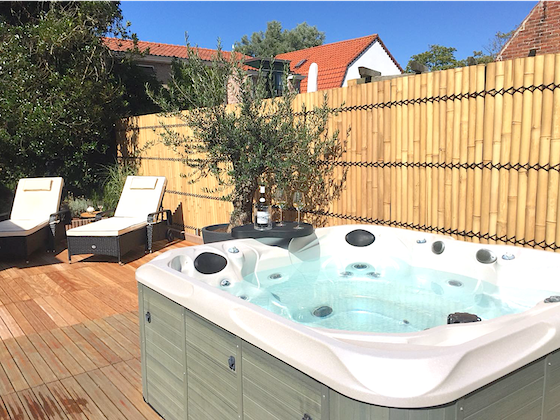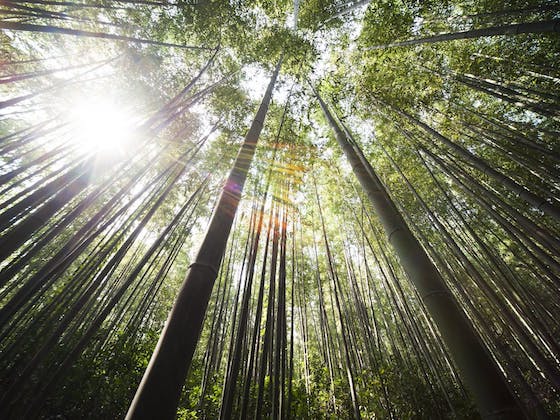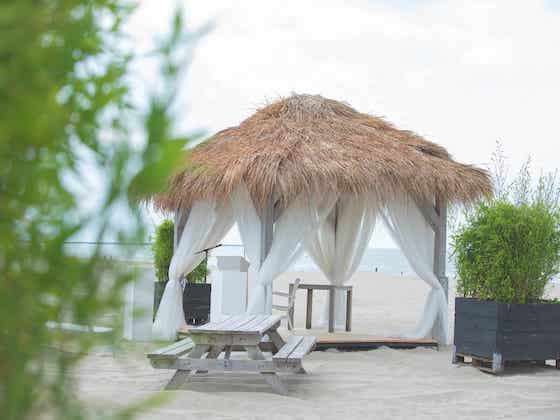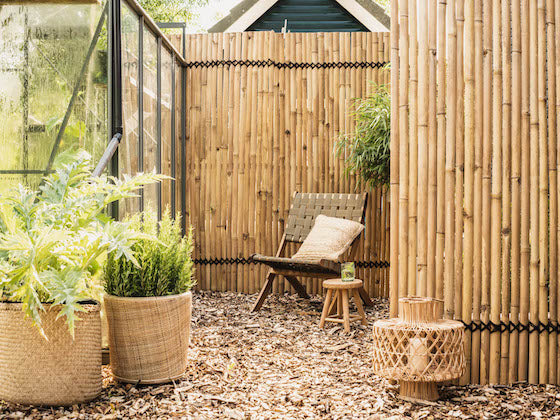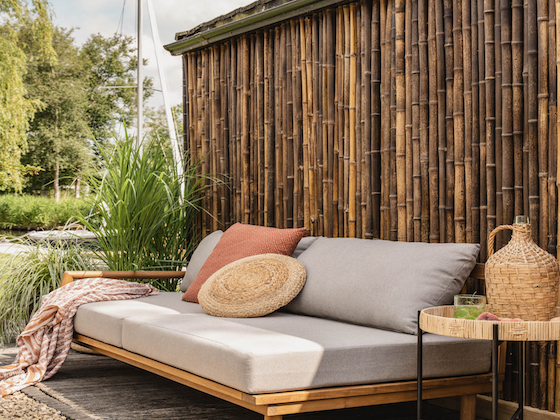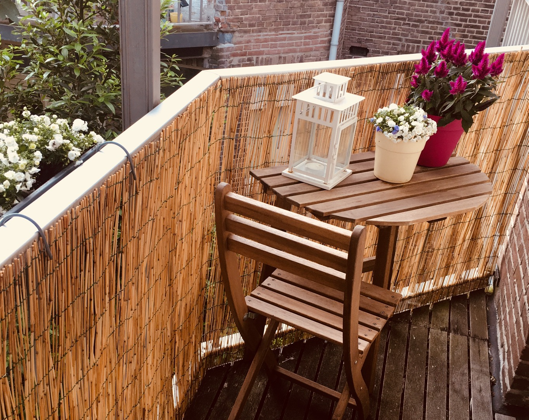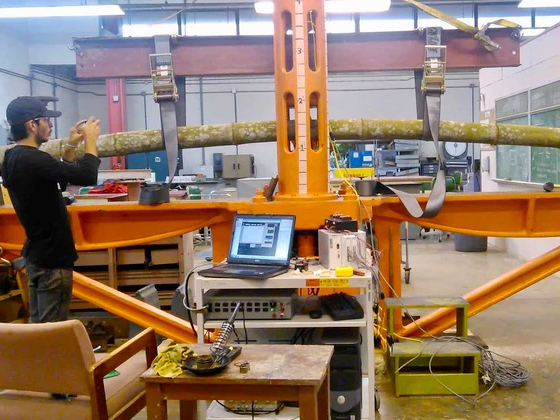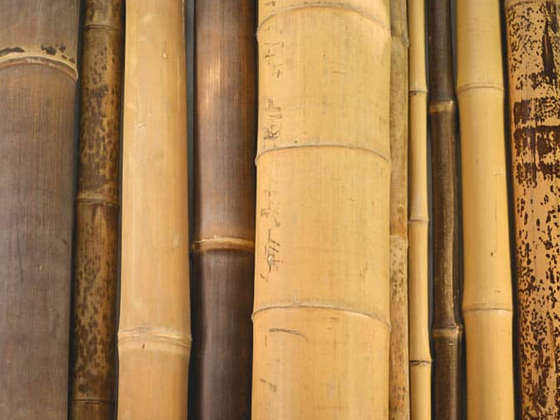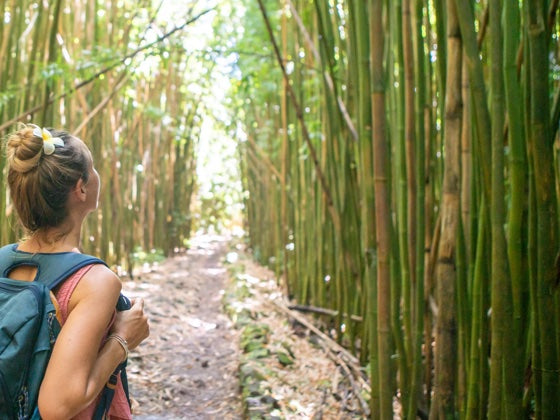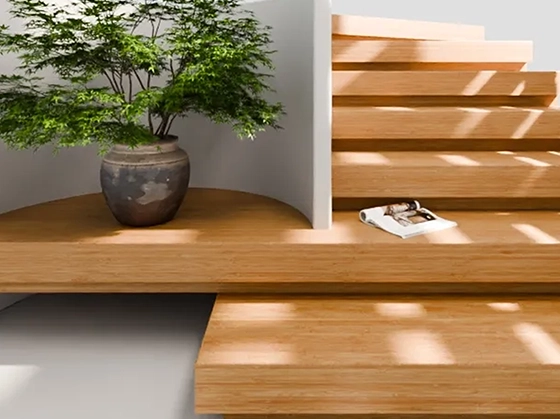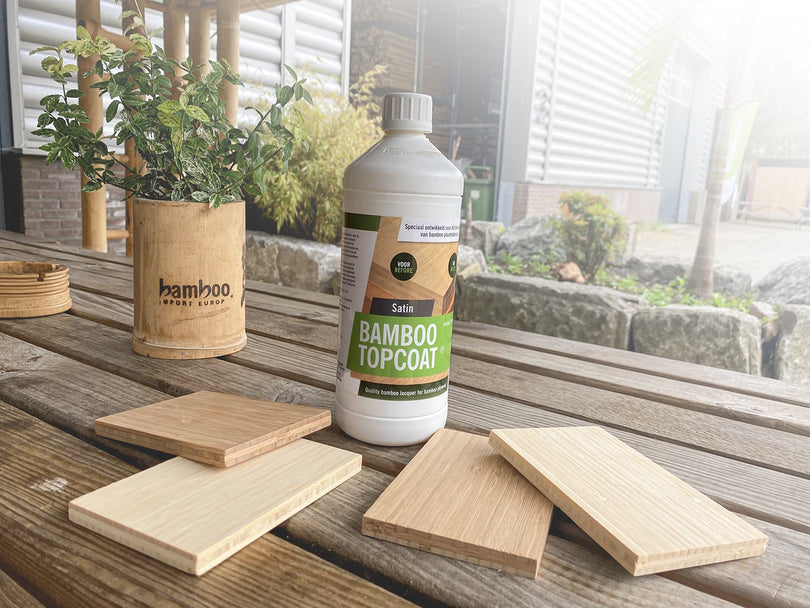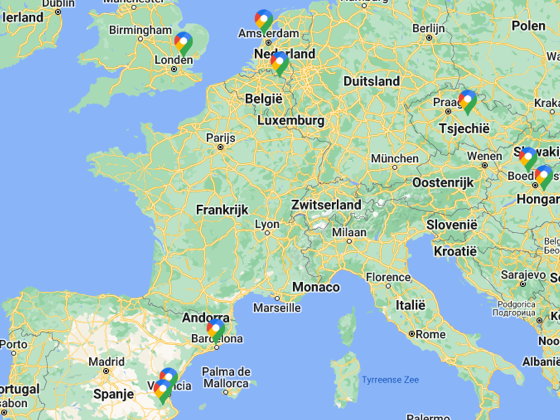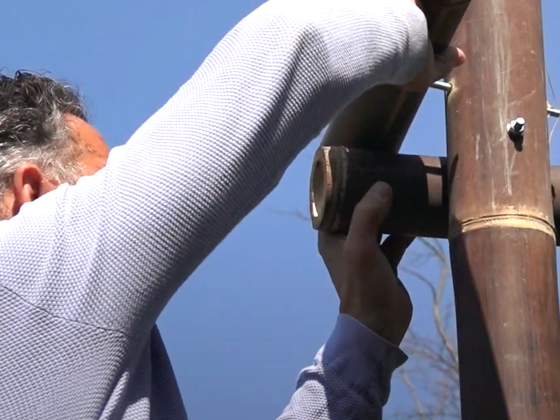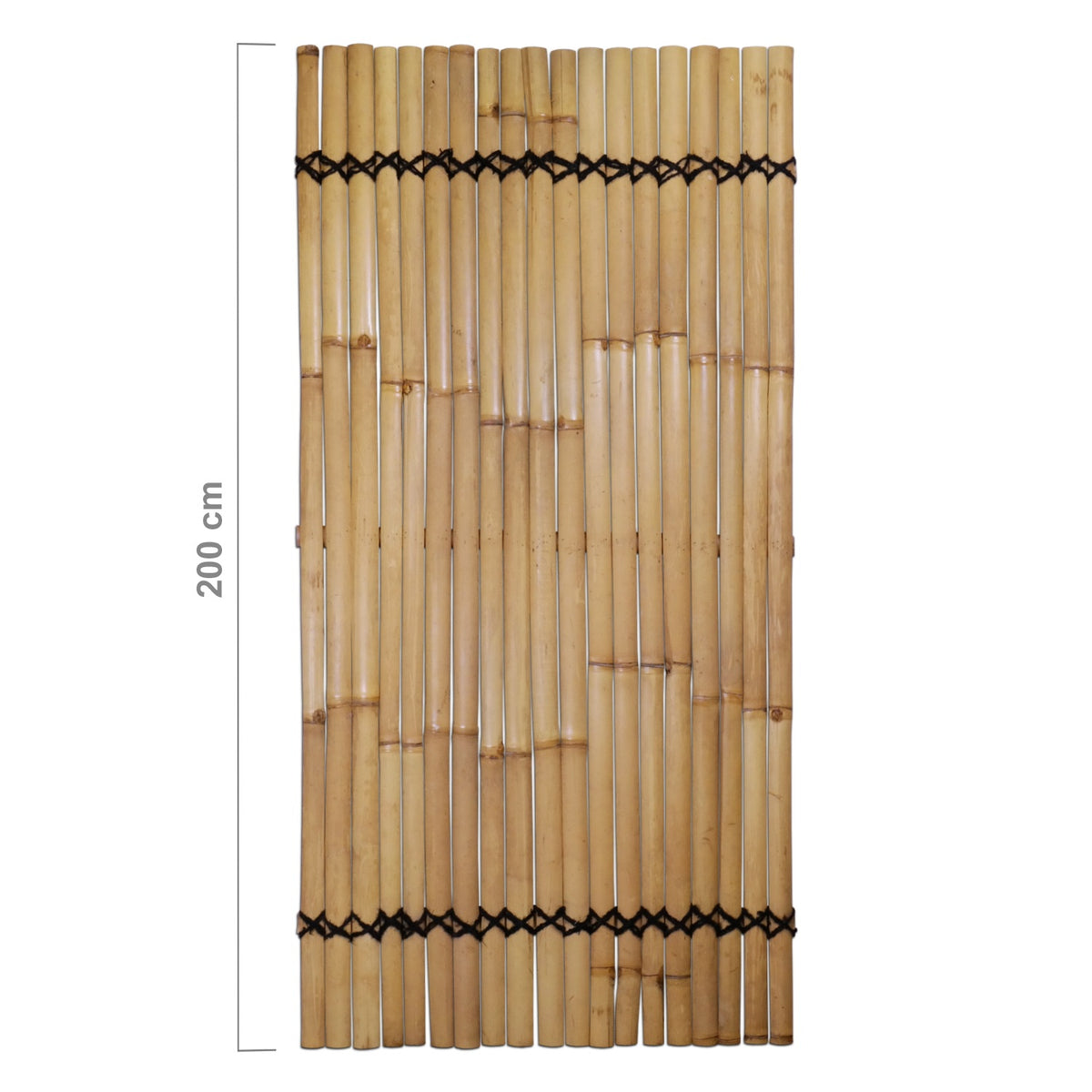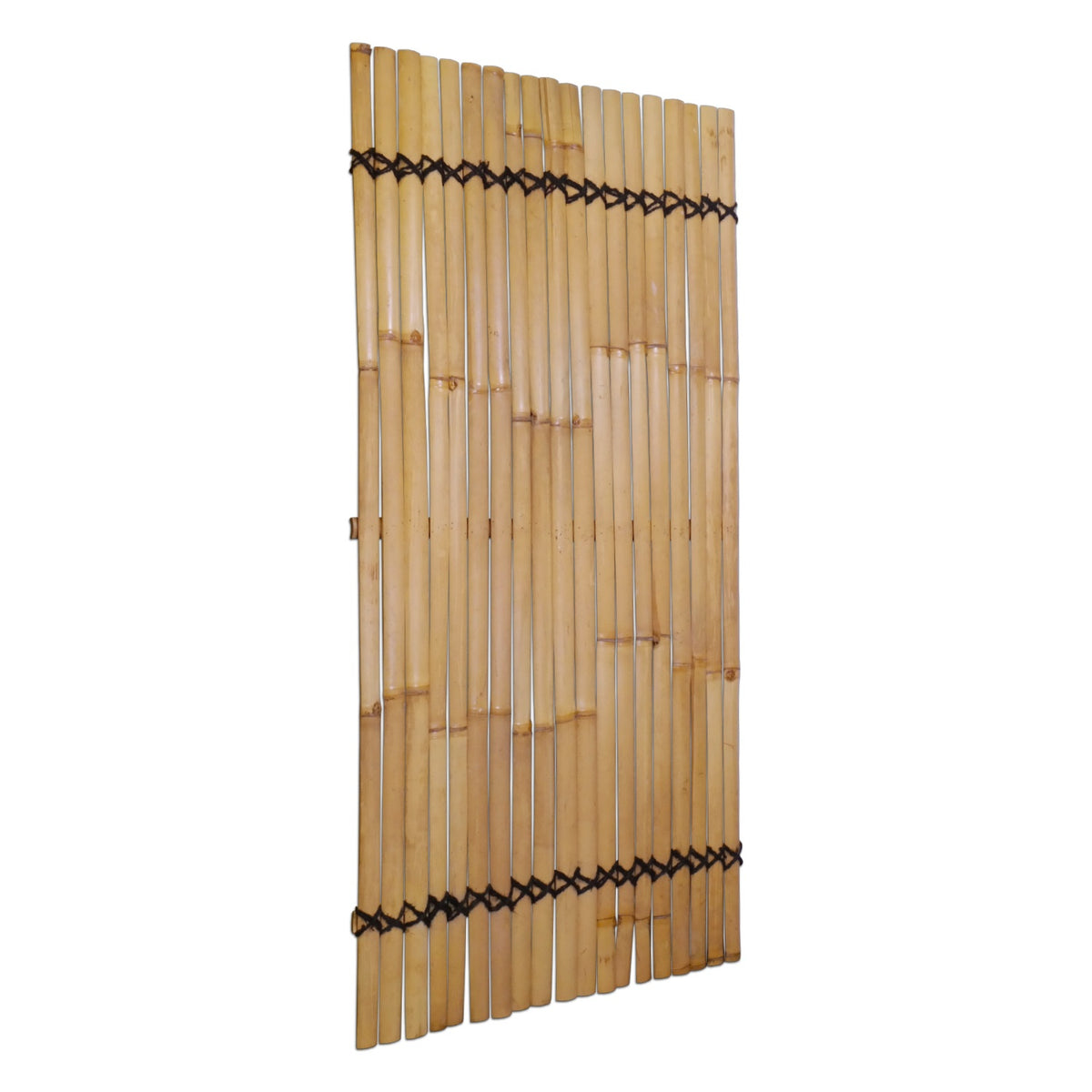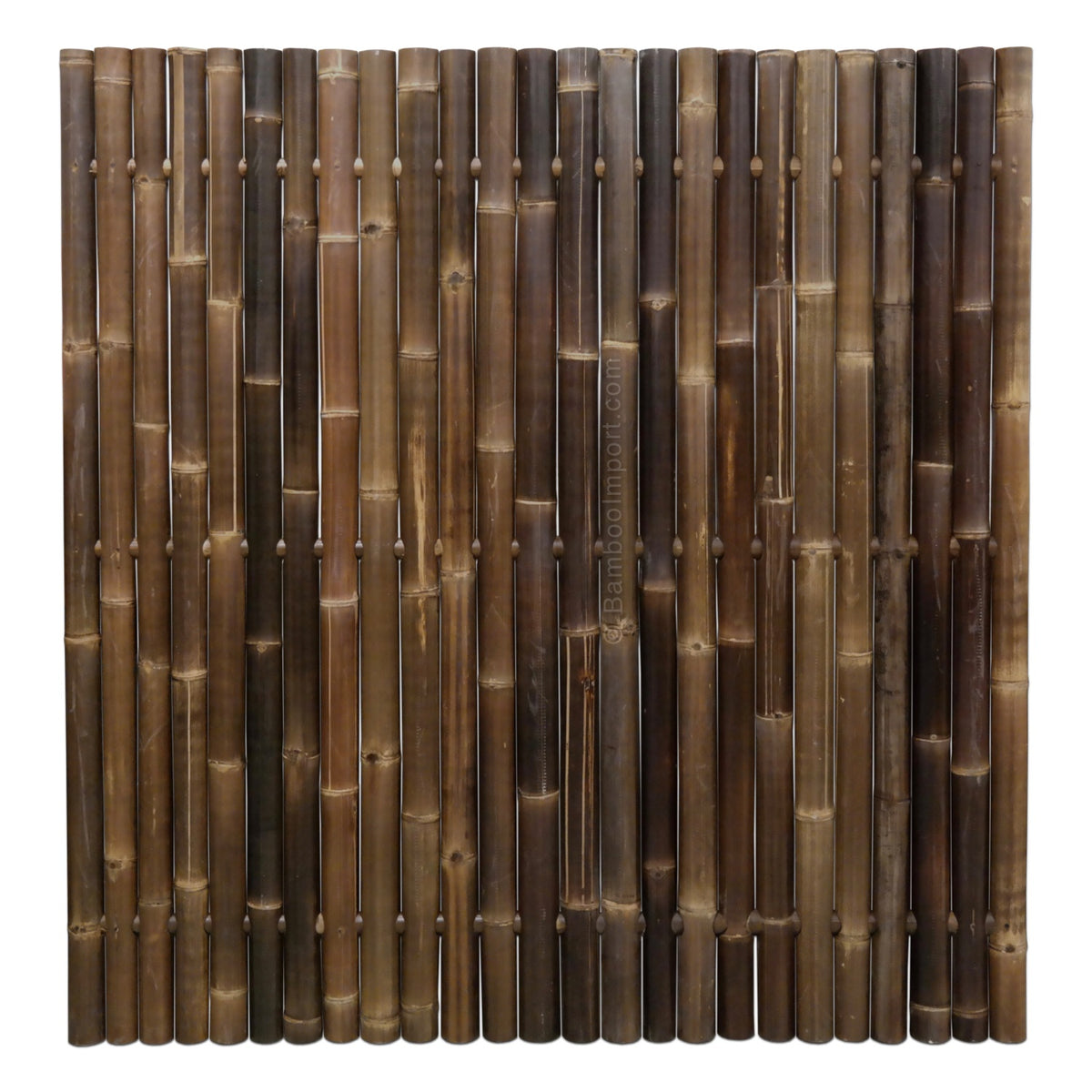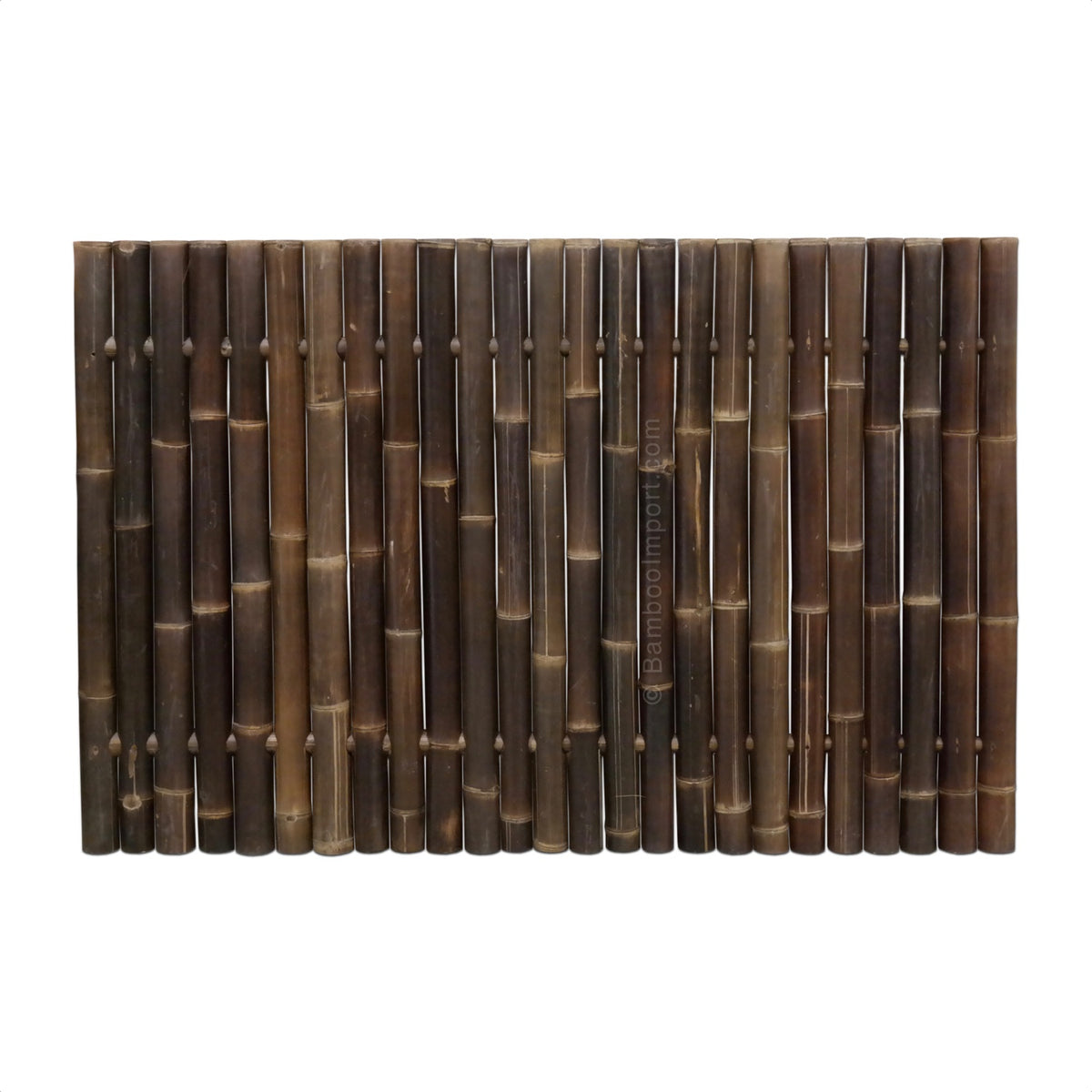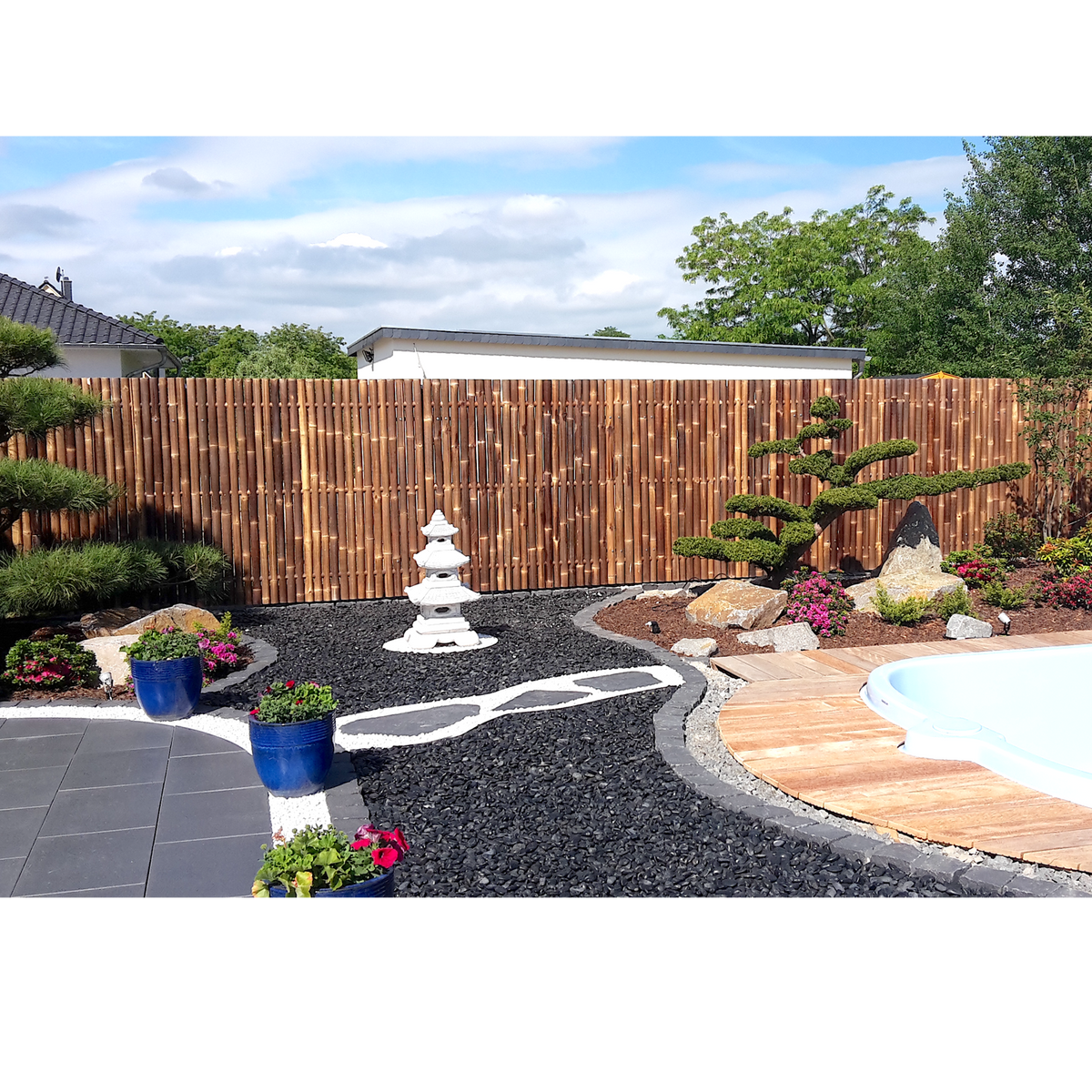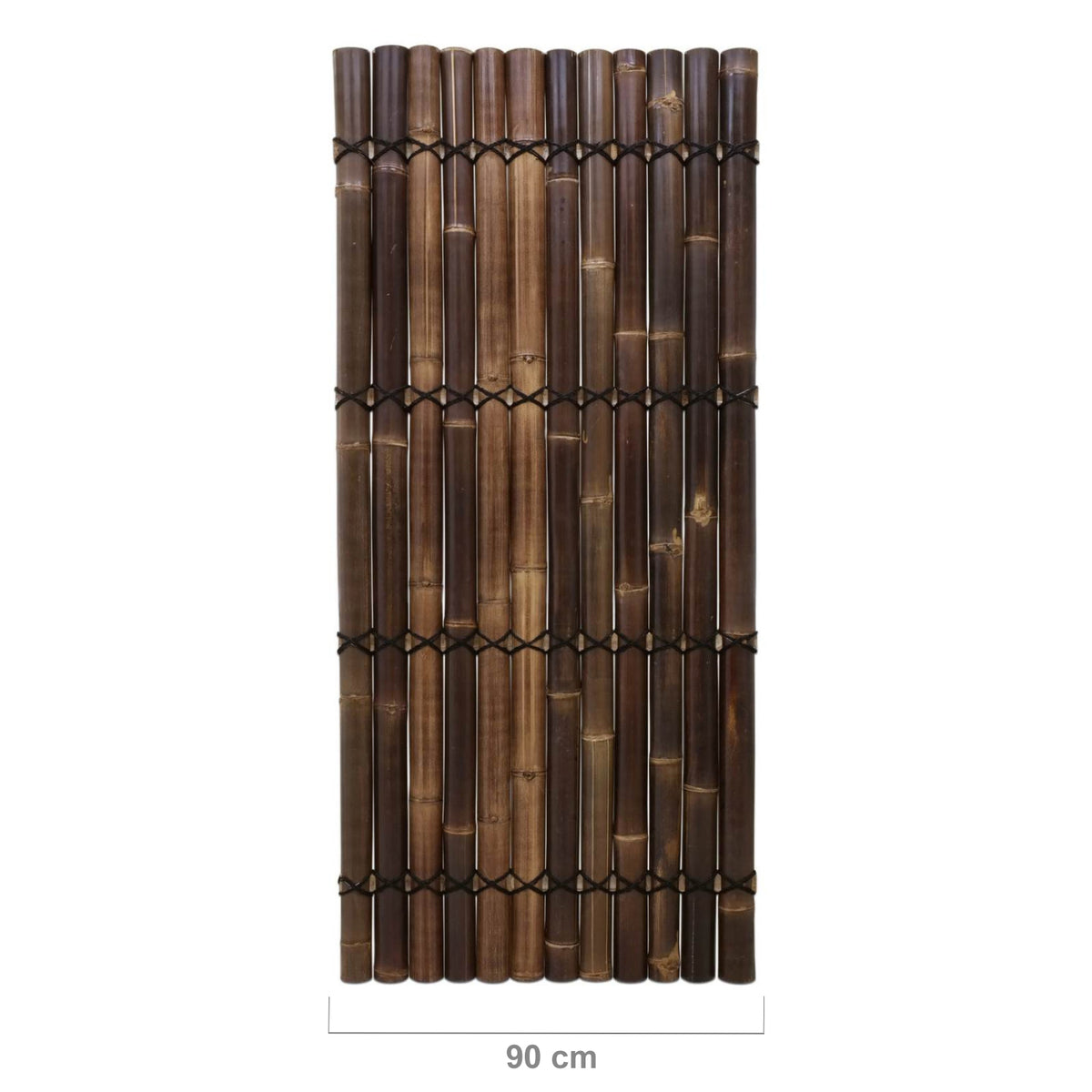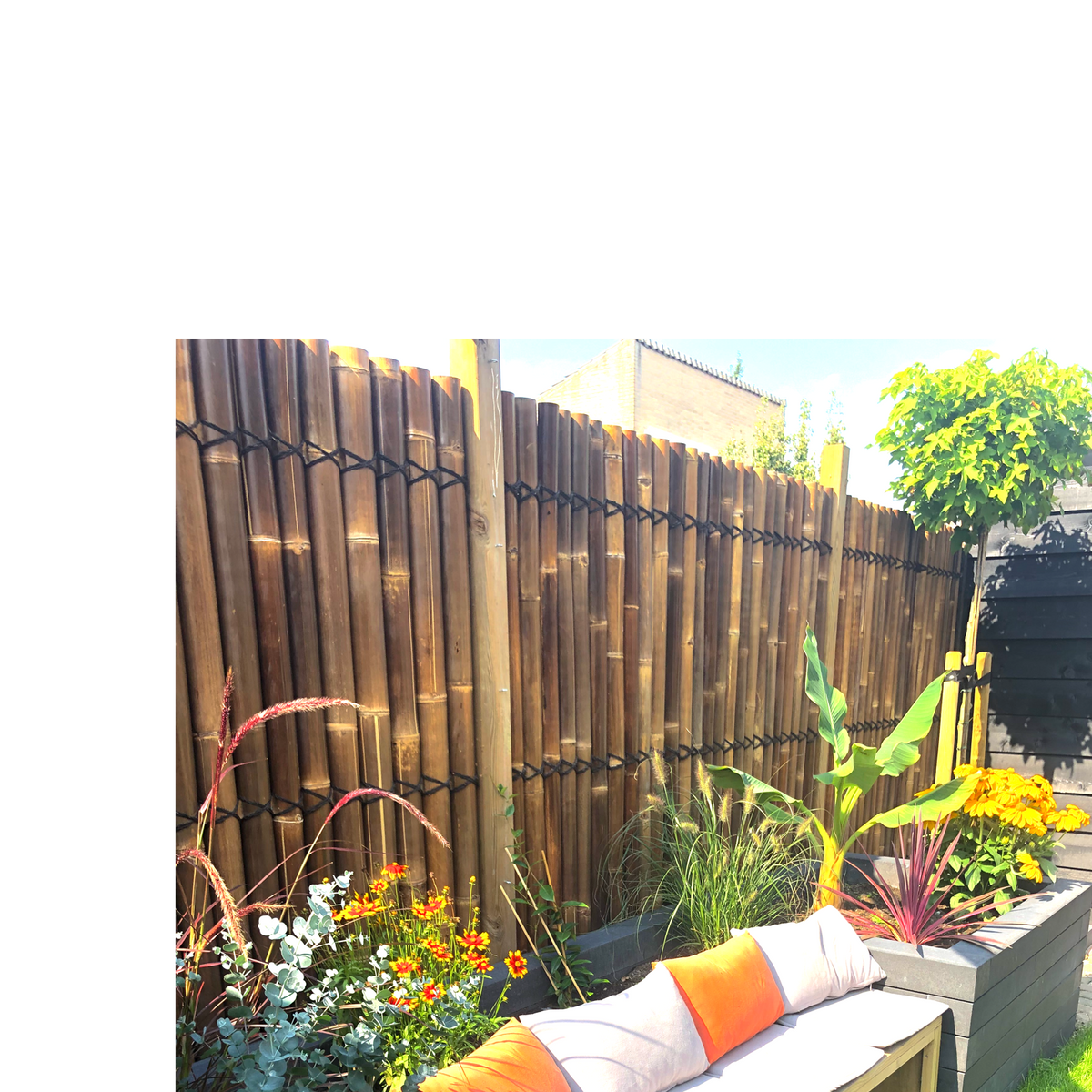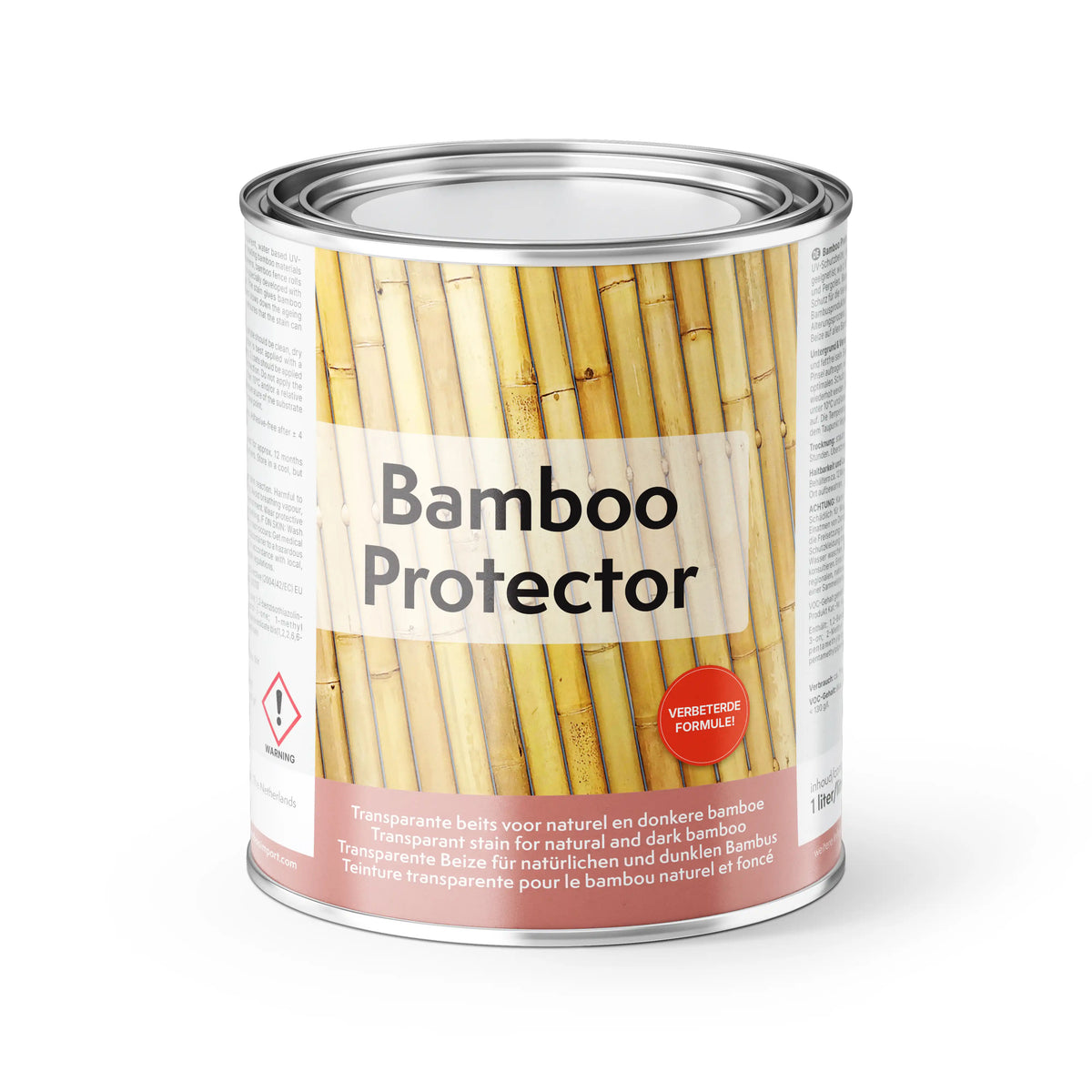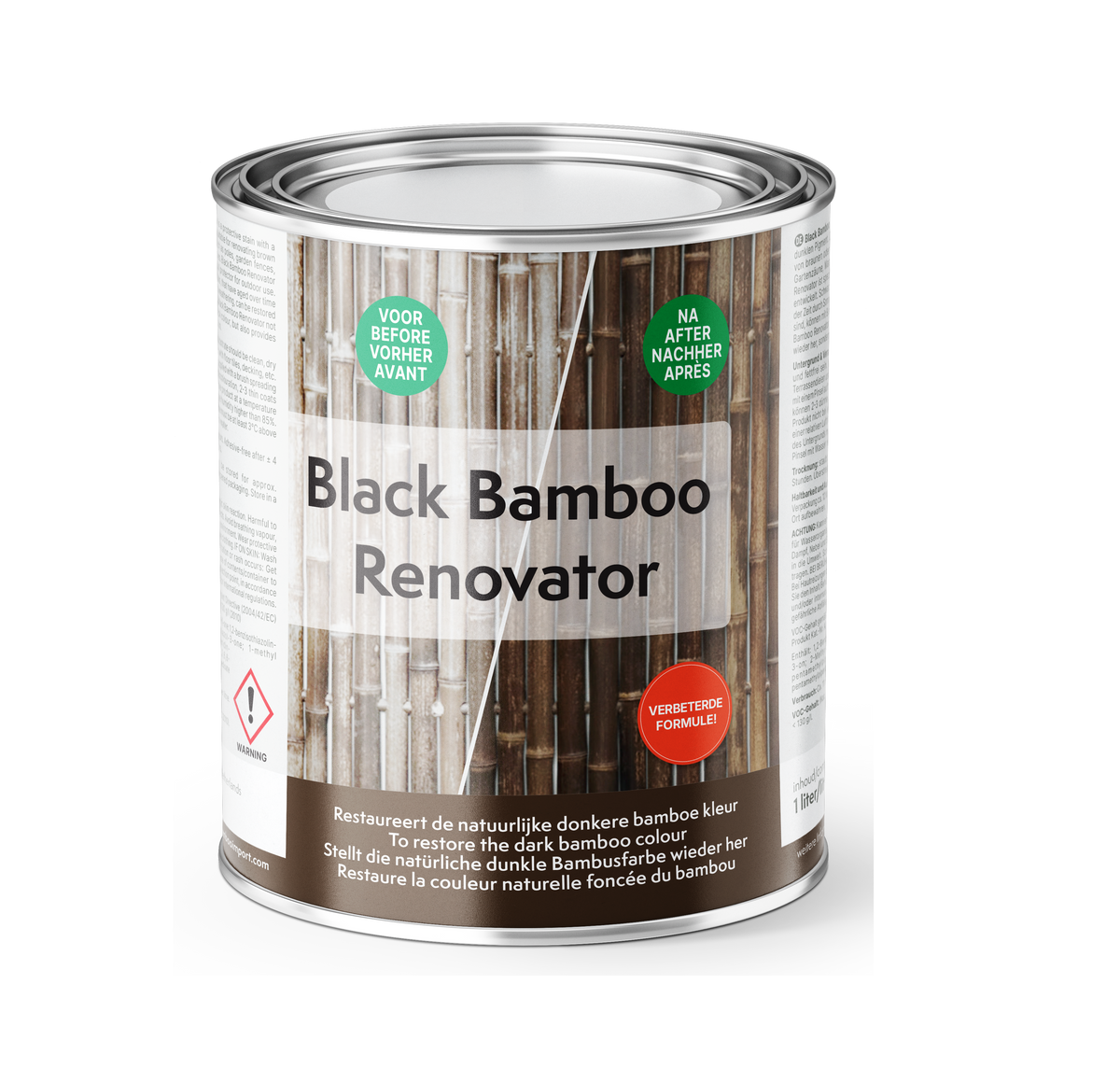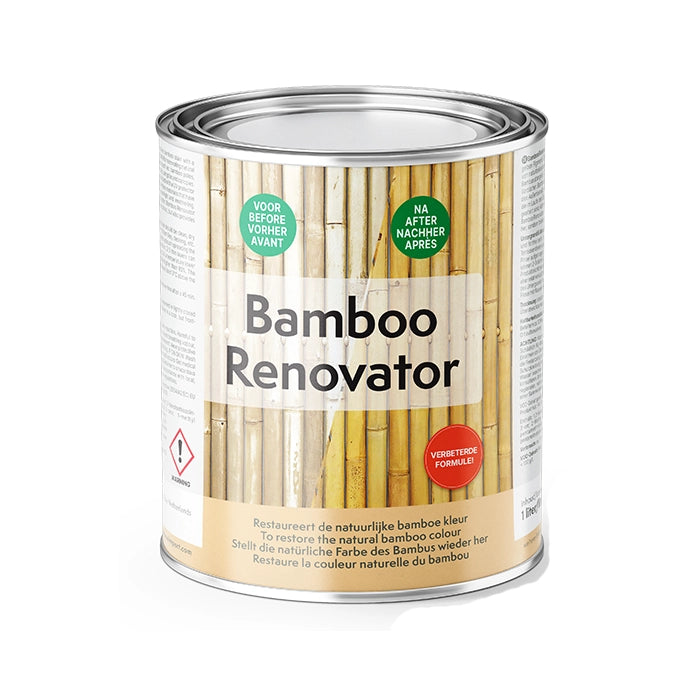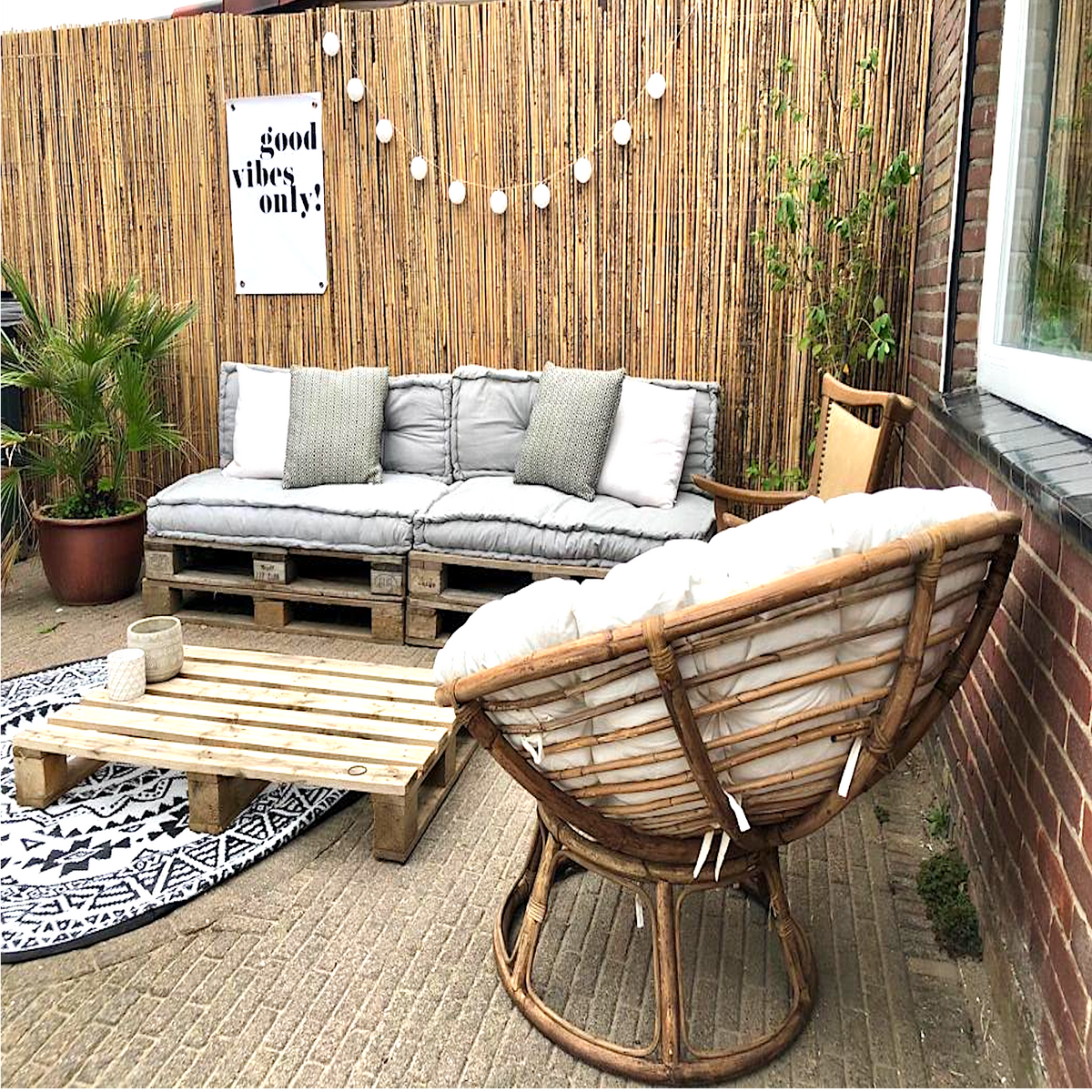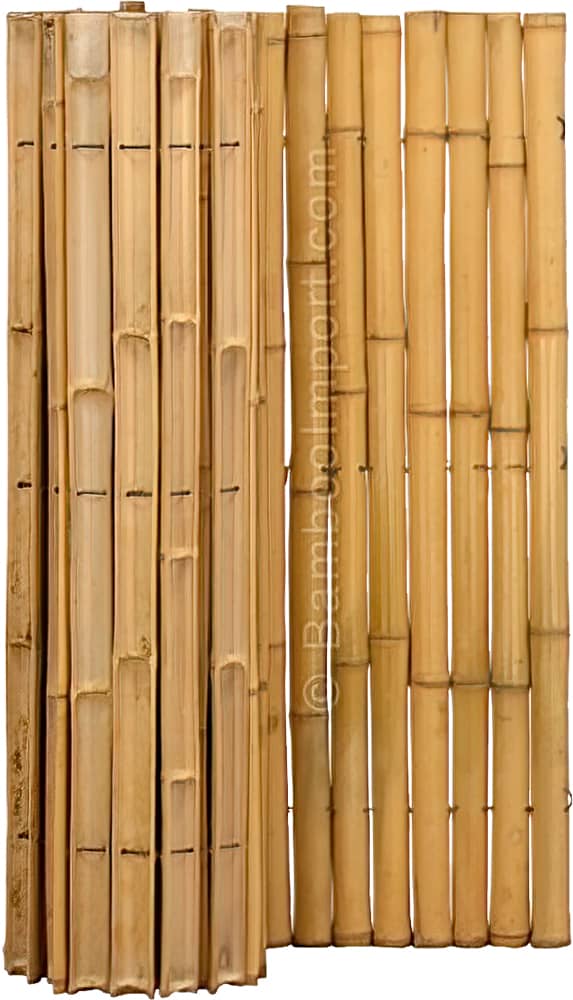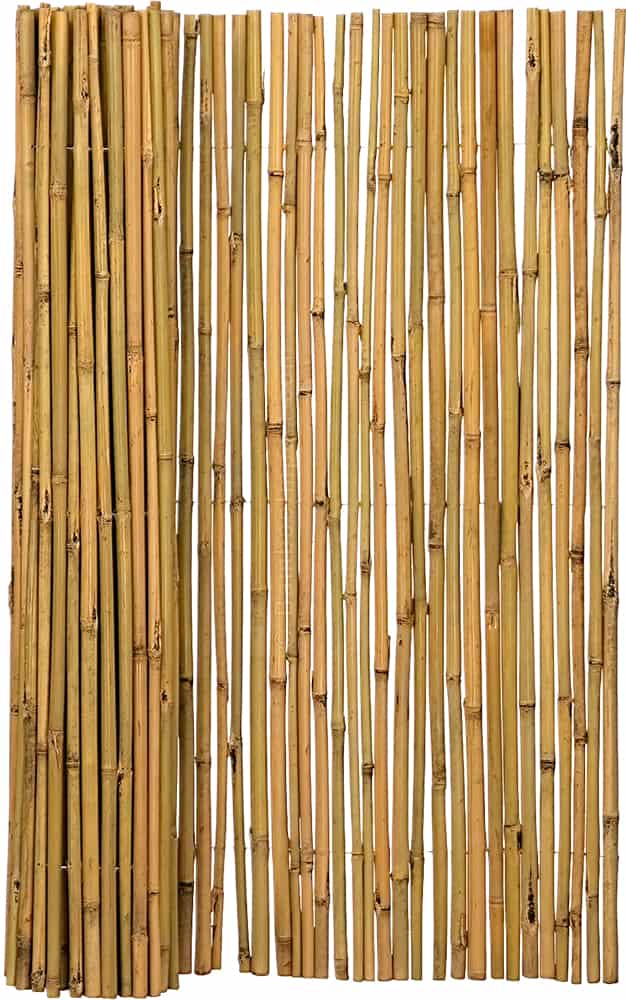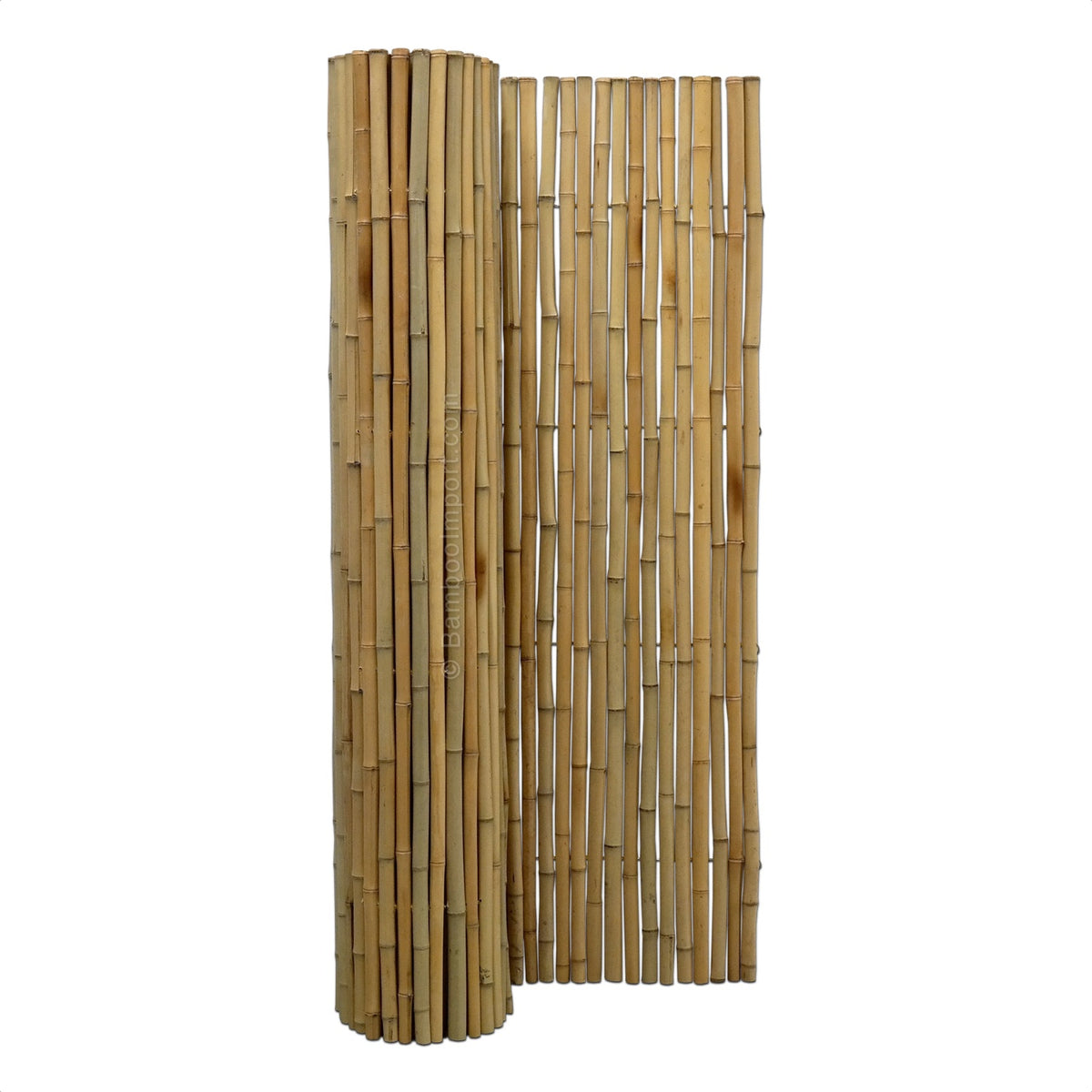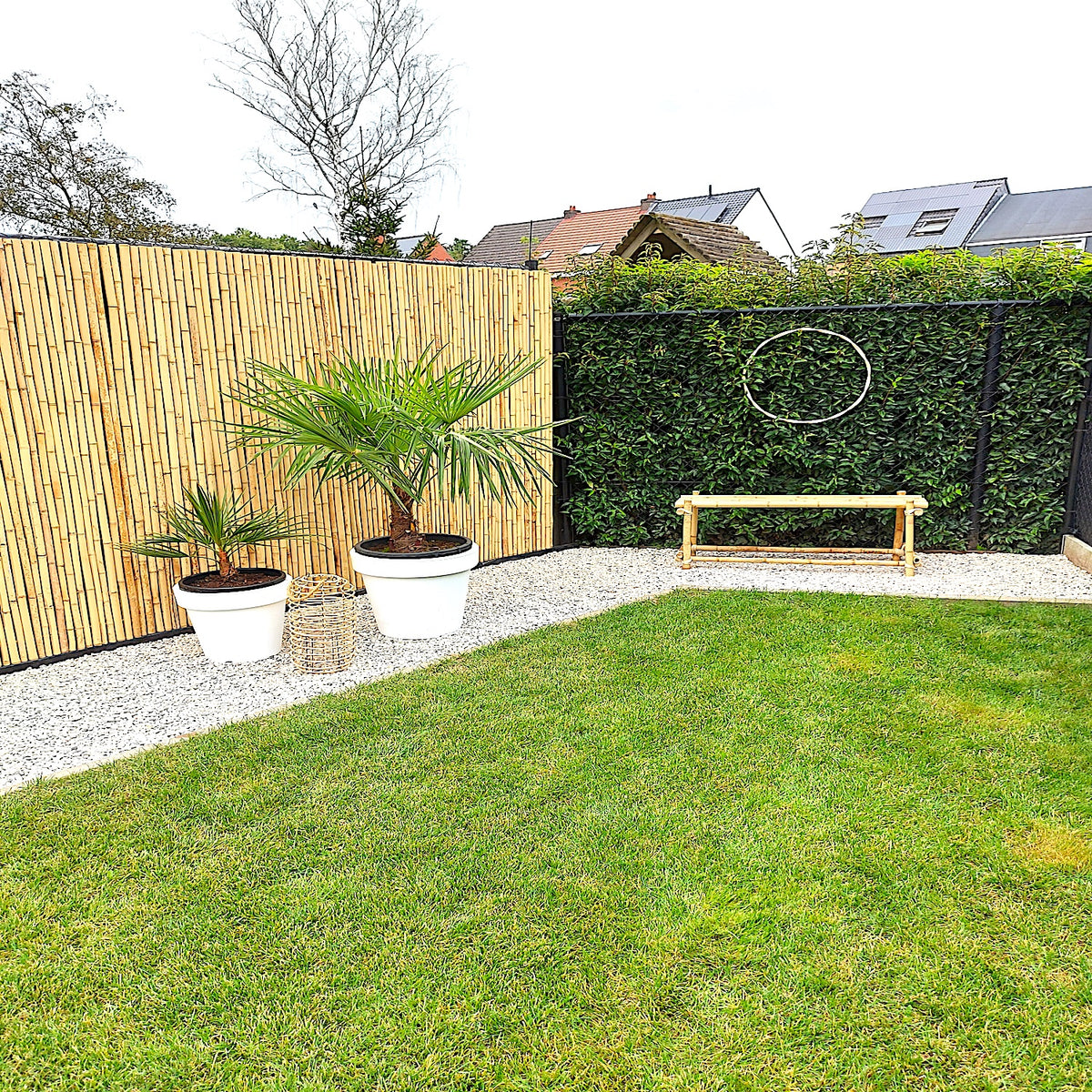A previous blog explained the difference between the colors and hardness of the different species of bamboo, but what determines the thickness within a species? There is a guadua pole with a diameter of 5 - 7 cm, but there is also a guadua pole with a diameter of 13 - 15 cm, and sometimes even larger. In this blog we explain how this is possible.
Bamboo grows at lightning speed. In this rapid growth, it extracts a lot of CO2 from the air.

There are two types of bamboo: sprawling and non-sprawling. Sometimes half the forest has grown from a single underground root. In nature, this is very good for beautiful forests. This first plantlet still has to fight hard for its place in the soil. In contrast, the bamboo that grows from these underground roots already has a beautiful network that creates the conditions for successful growth. So you can plant a small bamboo plant, from which a few years later will grow huge new plants. In this way, huge shoots grow out of the ground, from which, in turn, super-strong bamboo can be harvested. In the case of non-growing (or: clumped) bamboo, it is so that 1 bamboo is the mother. From the underground clump of this one bamboo, other plants grow. In the wild, these can be seen growing together as clumps of bamboo.

The way it grows largely determines how thick the bamboo is. Unlike a tree, bamboo does not grow in height as it ages. In addition, bamboo always tapers slightly. For poles up to 2 meters long, you hardly notice the difference. With poles of 3 meters or more, you can hang a percentage on it. Guadua tapers on average about 10%. With Moso bamboo it can be about 20 - 30%. It is not always the case that there is such a large gradient. It has to do with the position of the pole throughout the bamboo.
For example, a Moso bamboo can grow up to 28 meters tall! So if you take out 3-meter poles here, some poles are more at the top and some are at the base of the bamboo. The degree of slope is determined by which part of the plant the pole came from. Of course, we always make sure that these edges are as small as possible.

In addition to the degree of taper, the distance between nodes also tells us something about which part of the pole it came from. For example, at the bottom of the bamboo, many nodes are relatively close together. As it grows, the distance between nodes also becomes greater. At the top, on the other hand, the distance between the nodes becomes smaller and smaller. The nodes give the bamboo strength and determine its strength. Therefore, it is efficient for the bamboo if the distance between the nodes becomes smaller at the bottom. The distance between nodes is partly determined by the species. Some species have more space than others. Conditions also play an important role here. More water means larger internodes.
So based on the appearance of your bamboo cane, you can estimate where the cane will protrude from the overall cane. More space between nodes and less taper means that the bamboo comes from a lower part.

